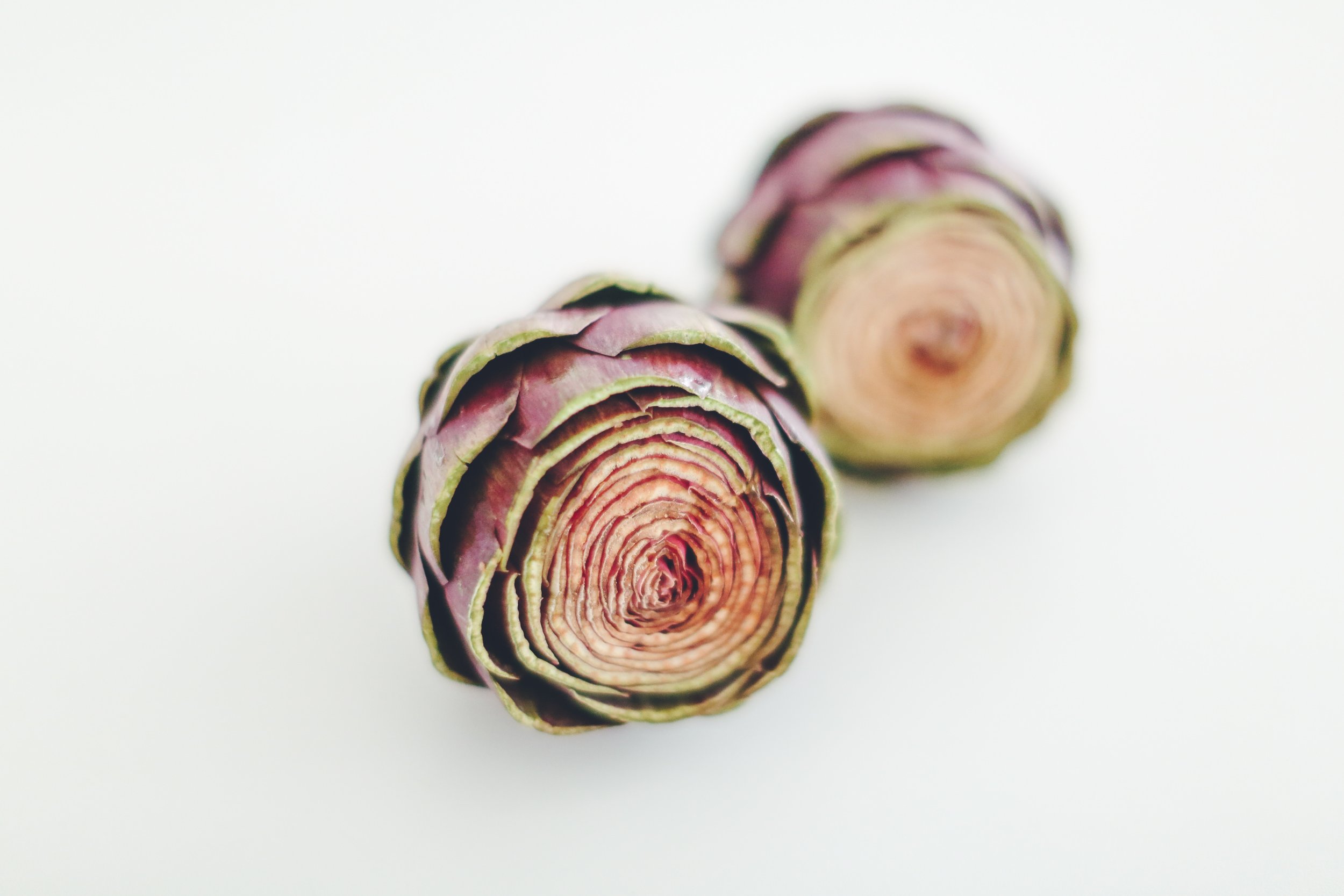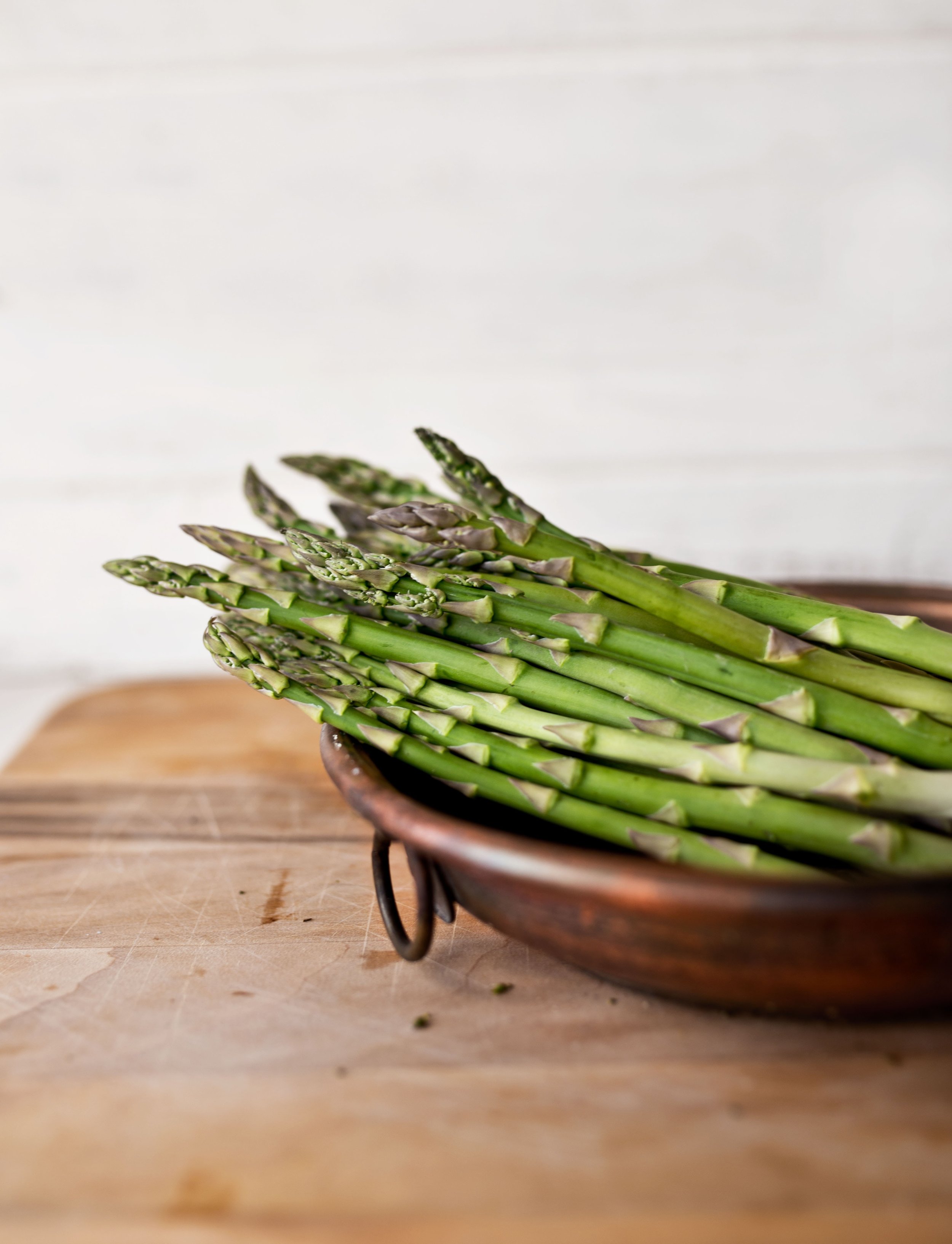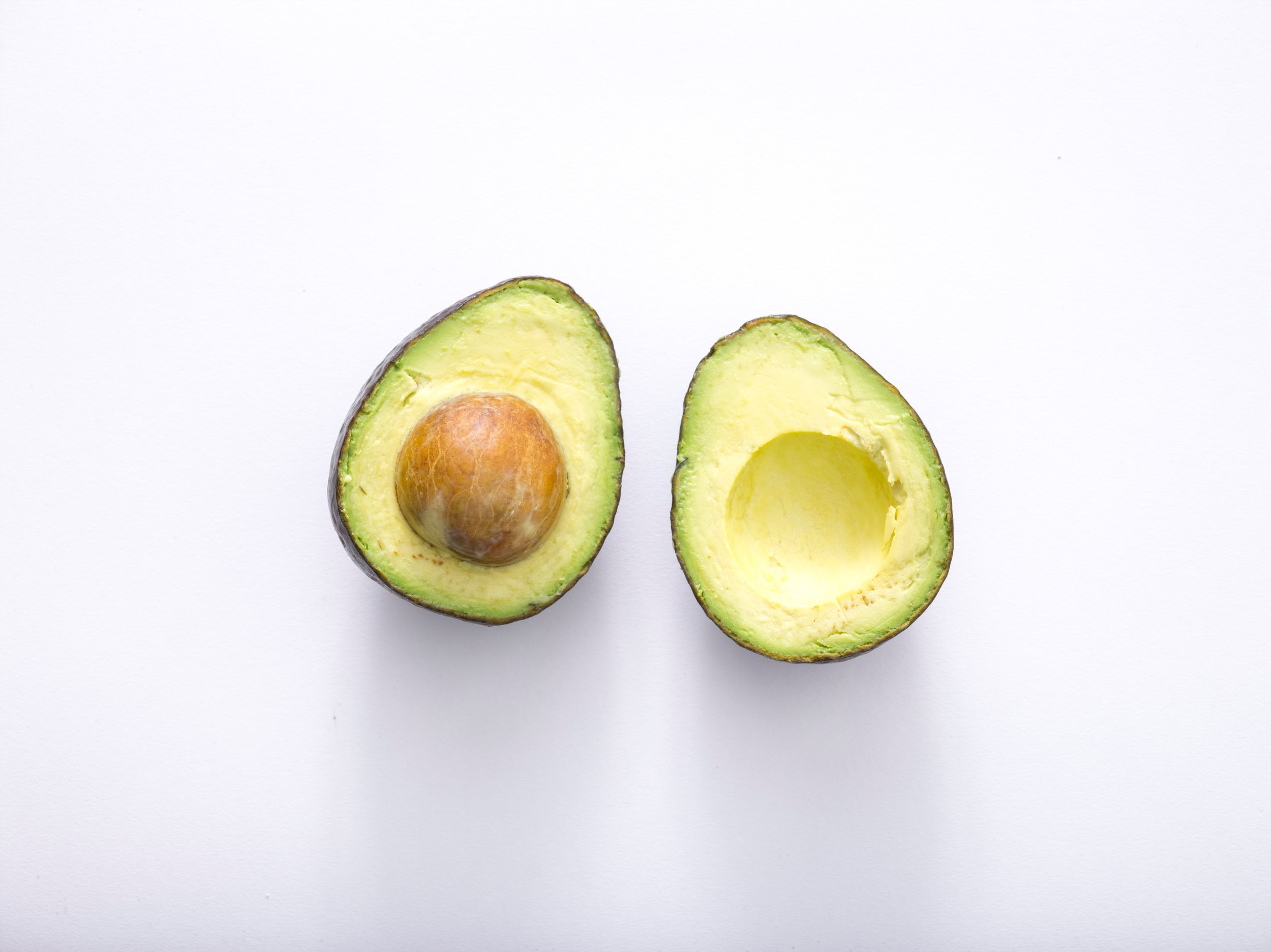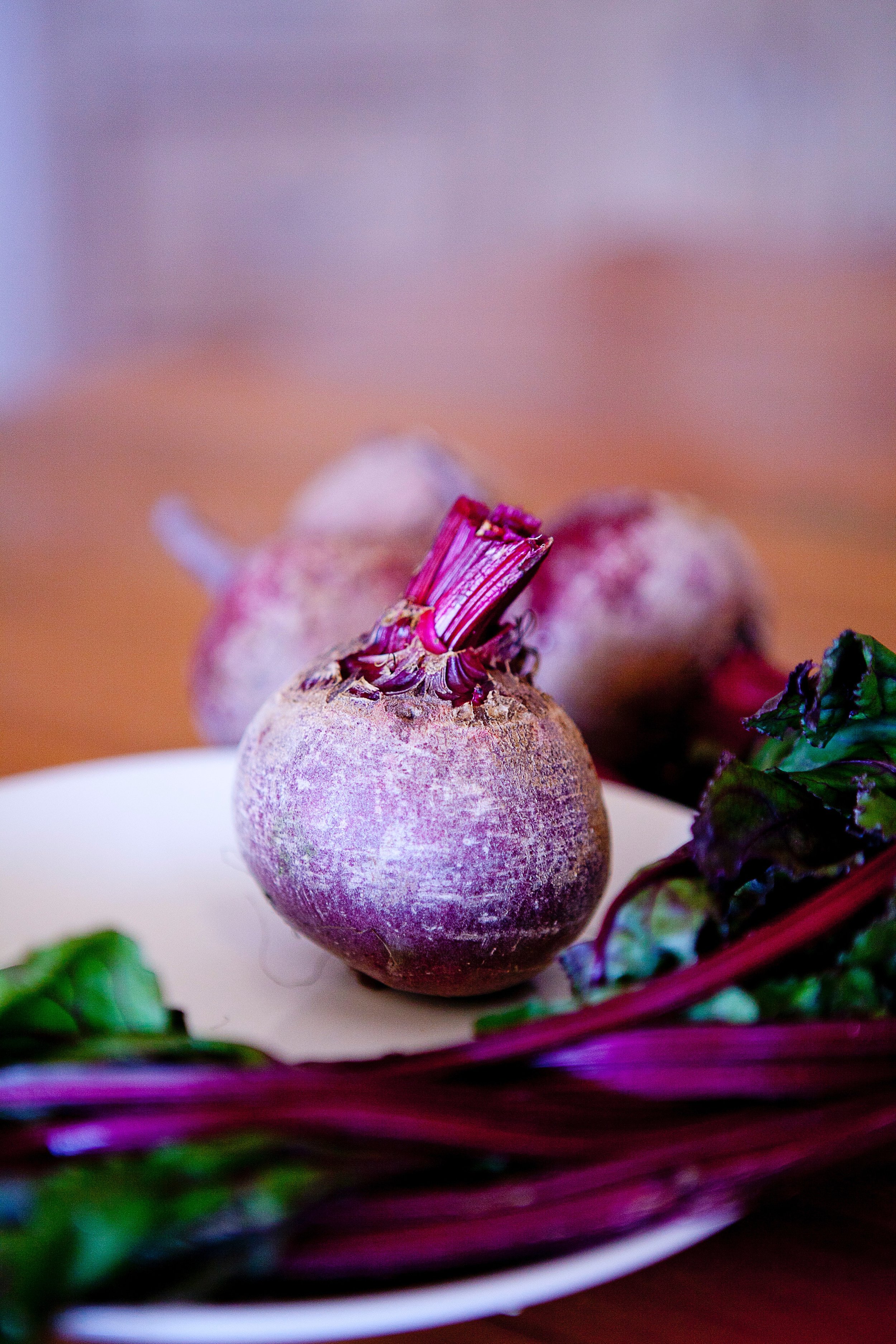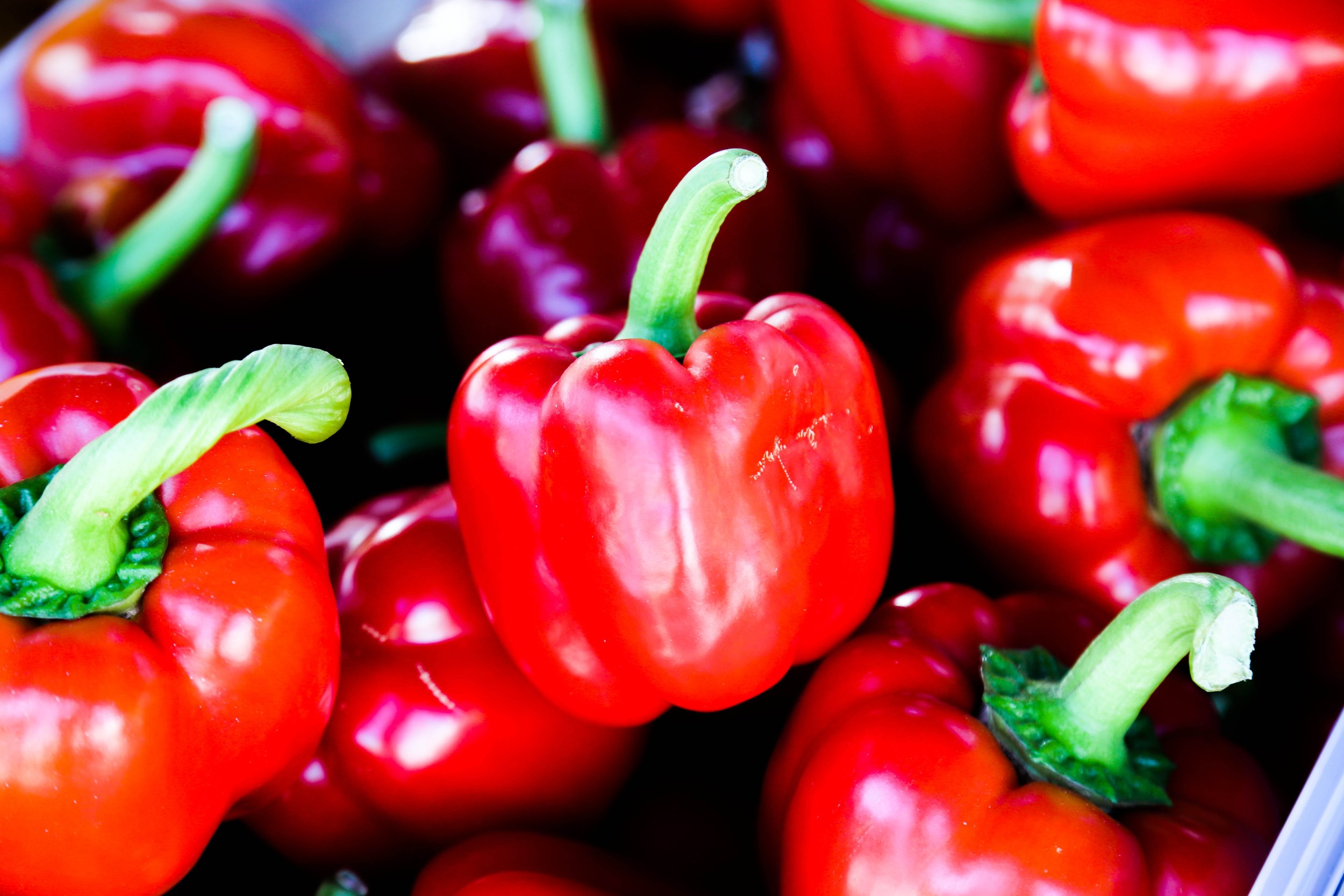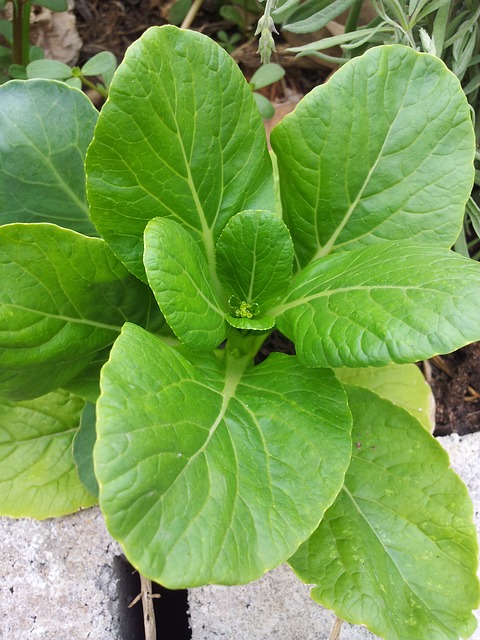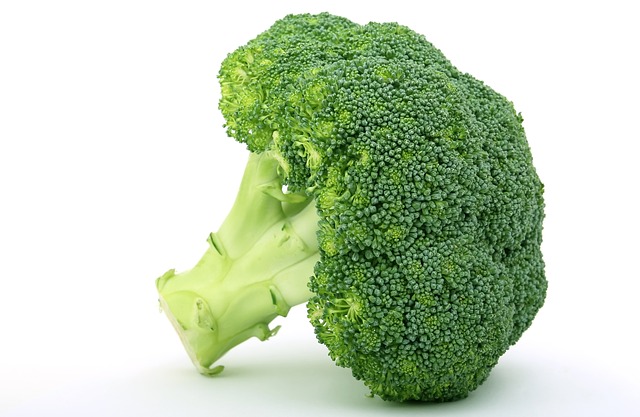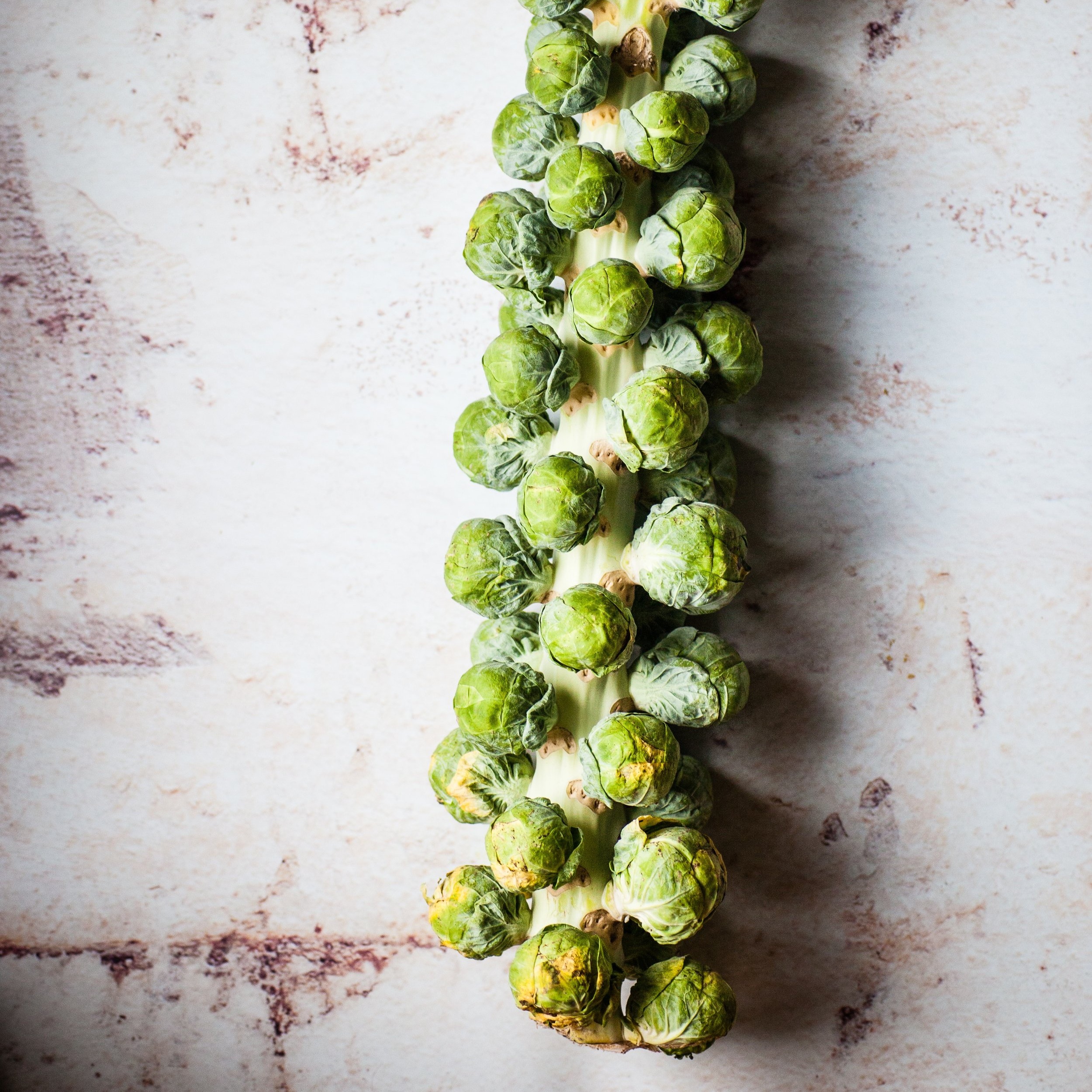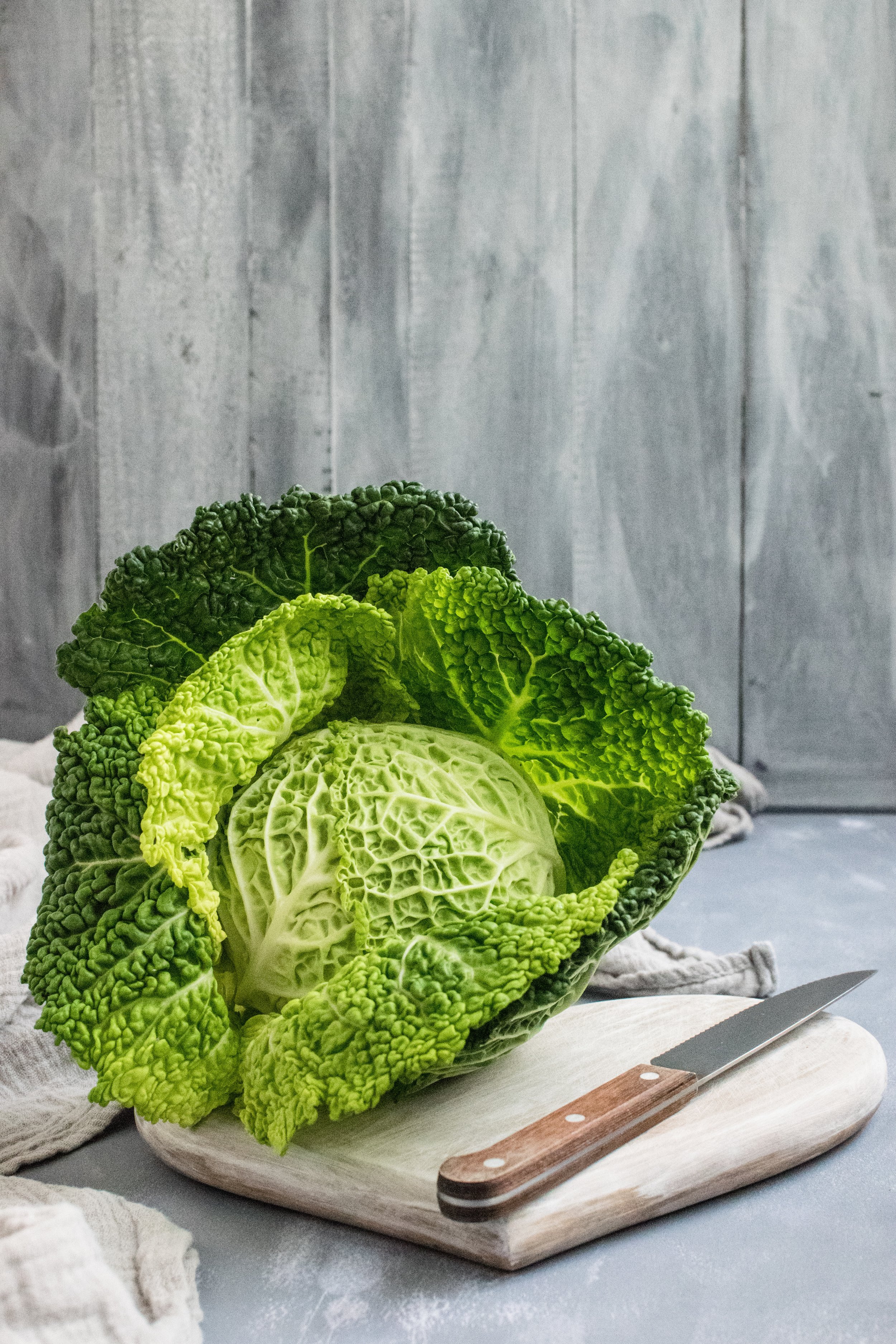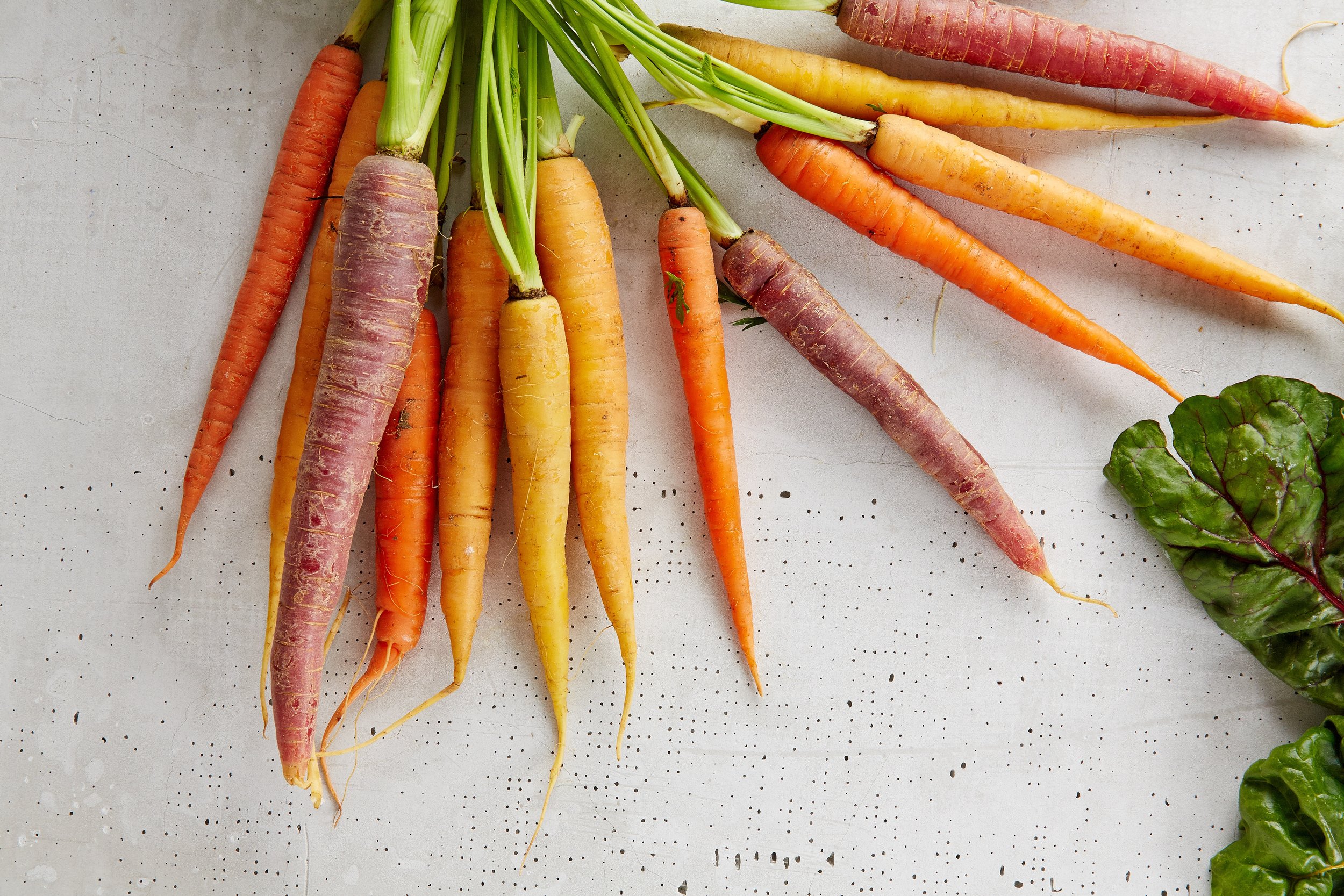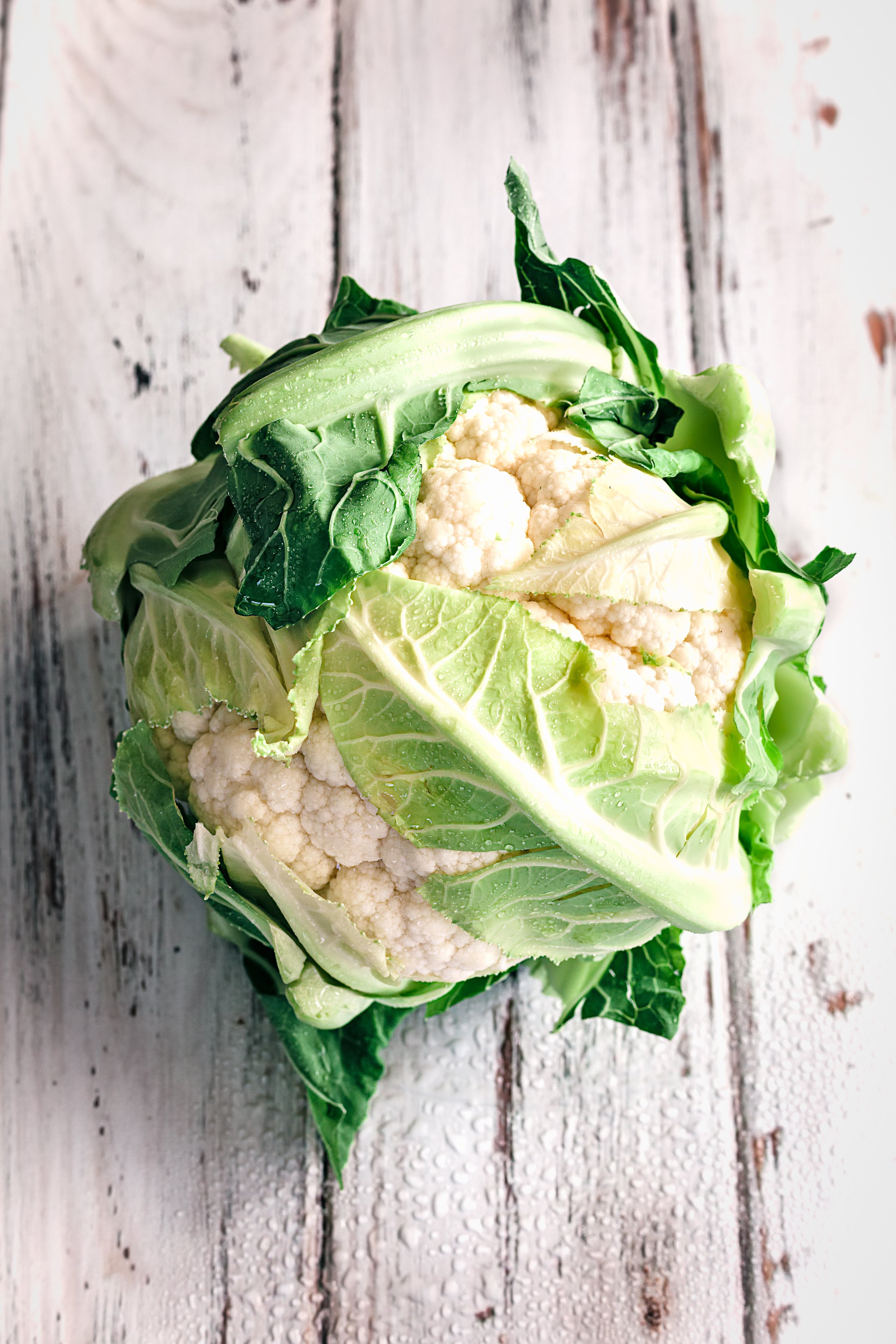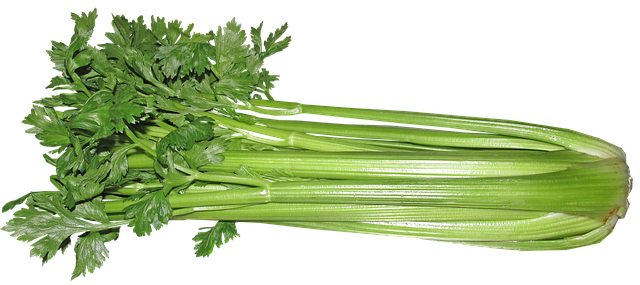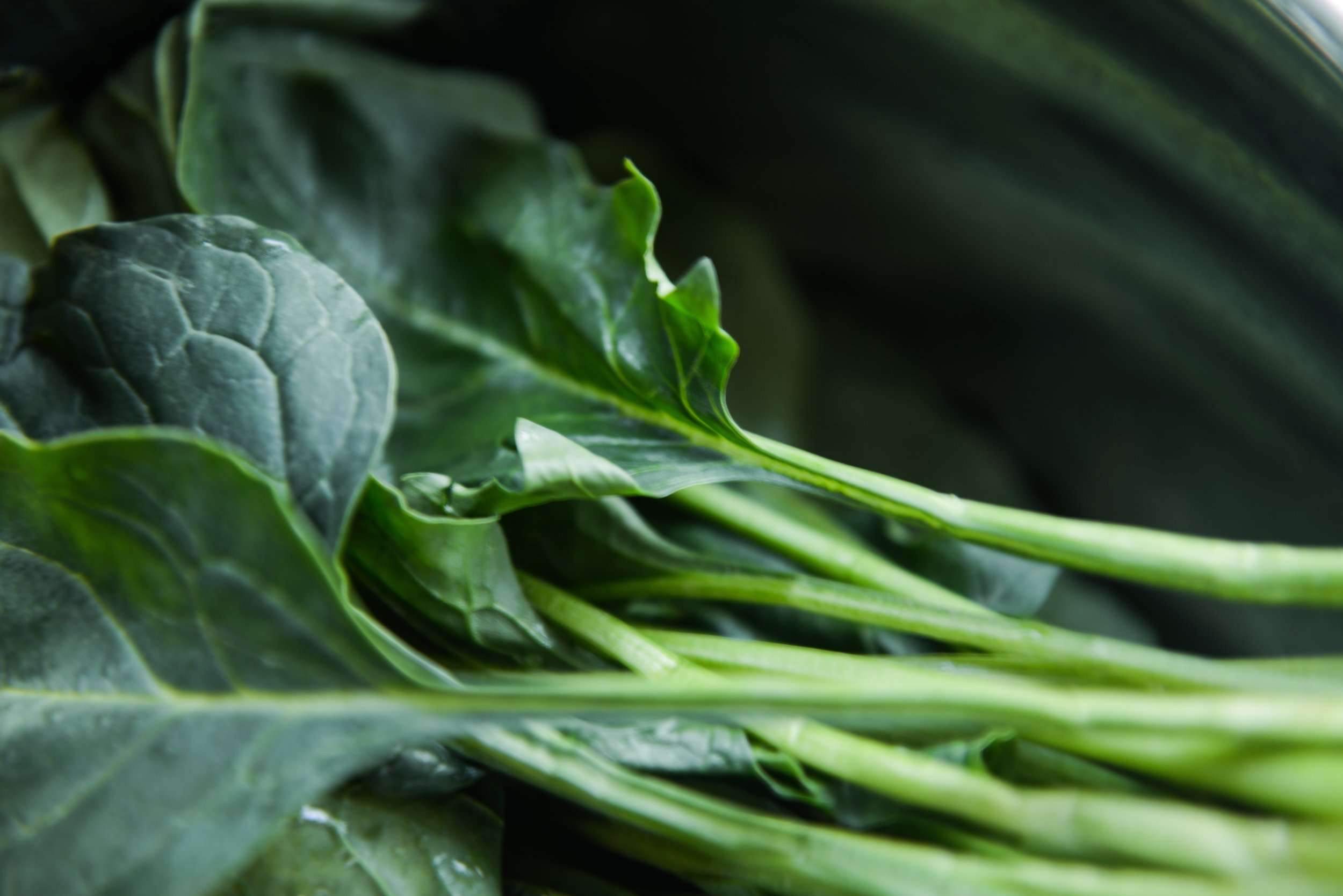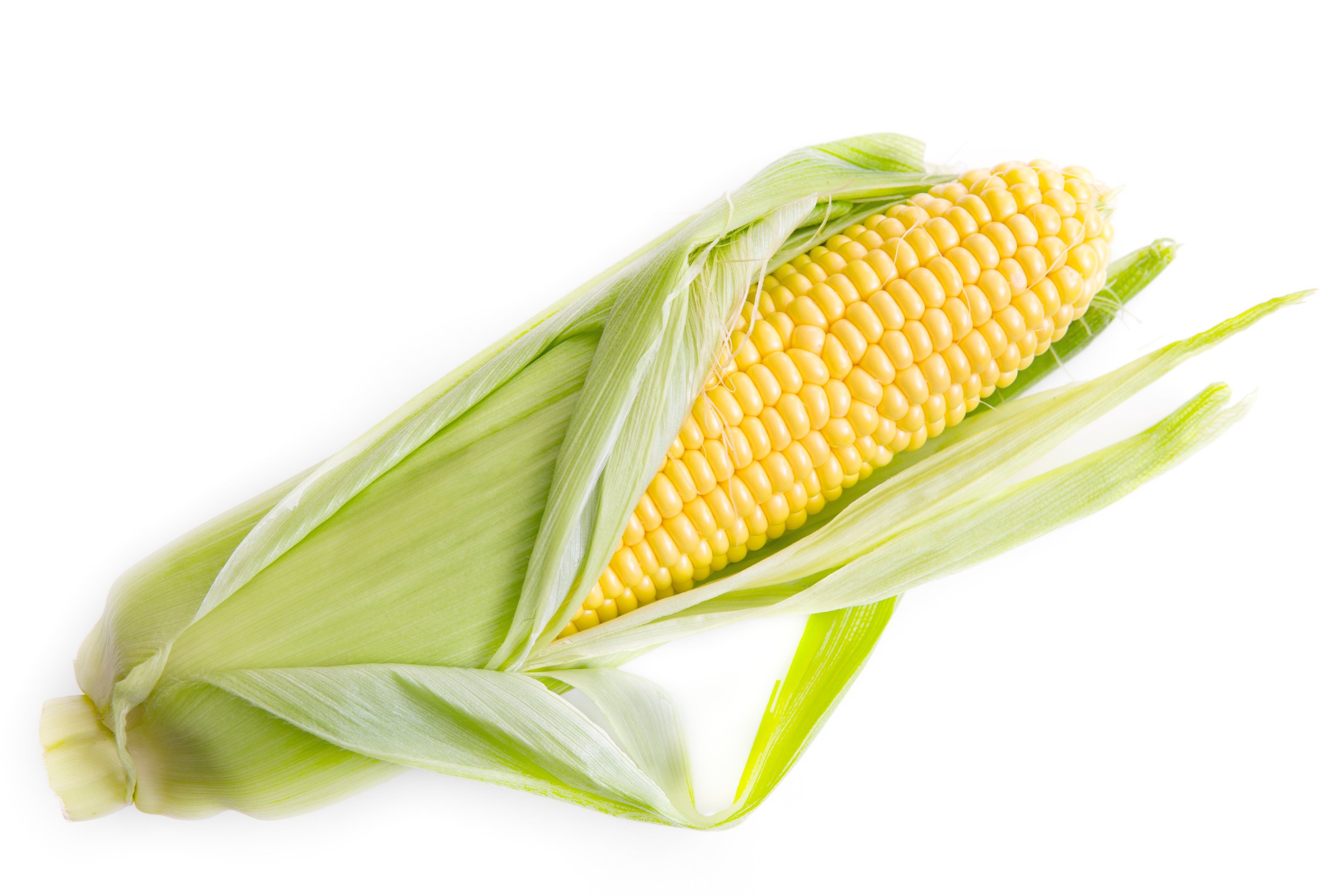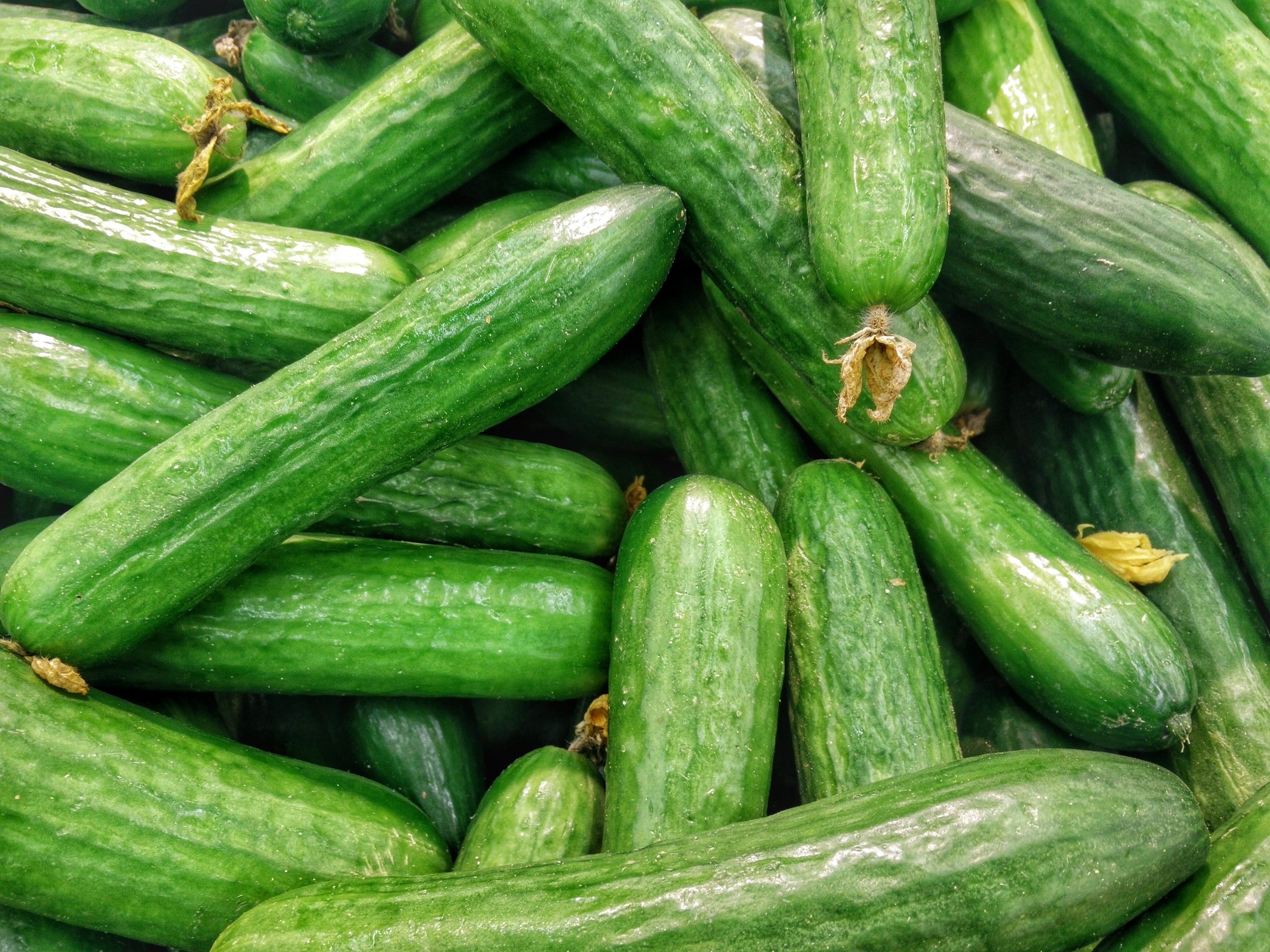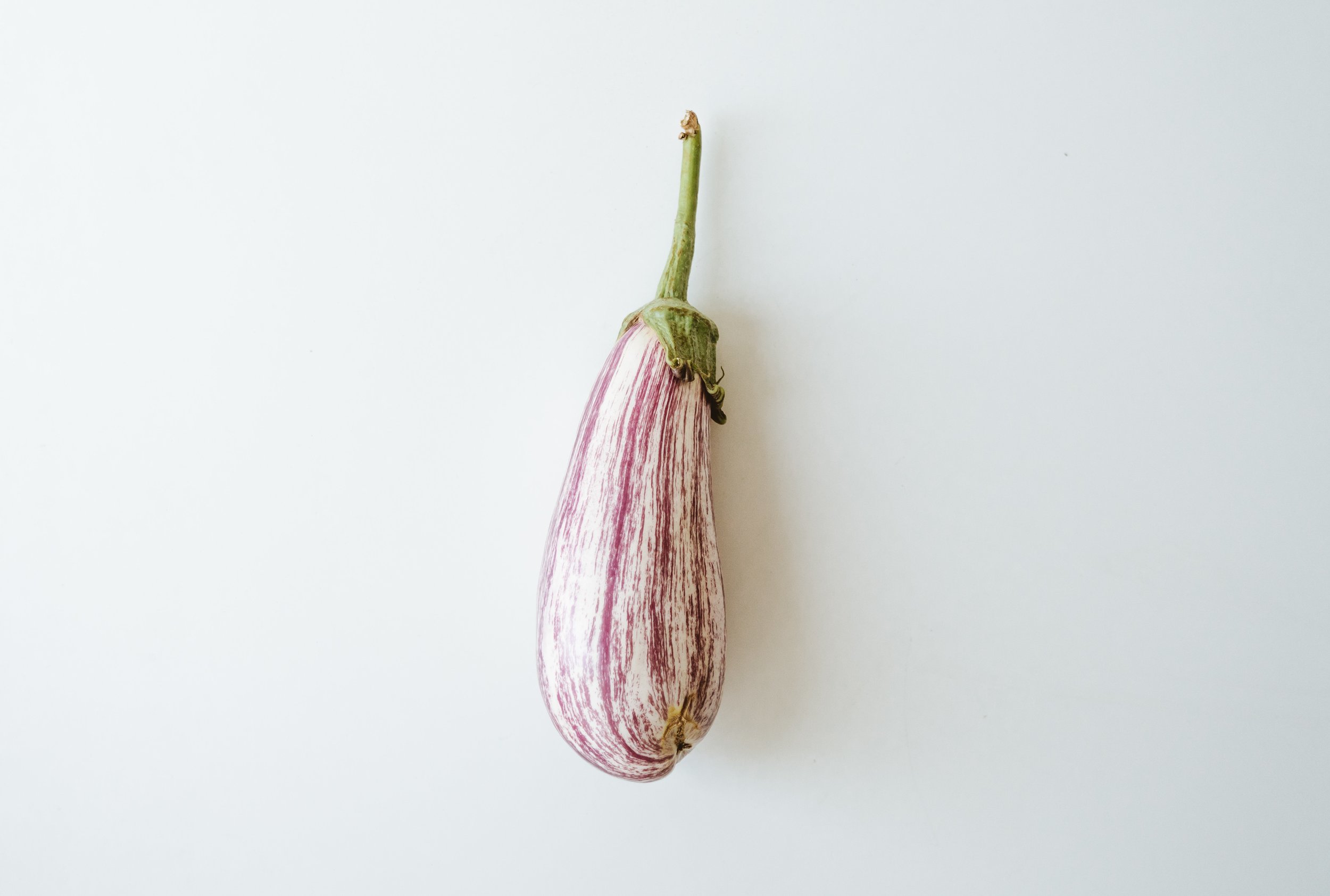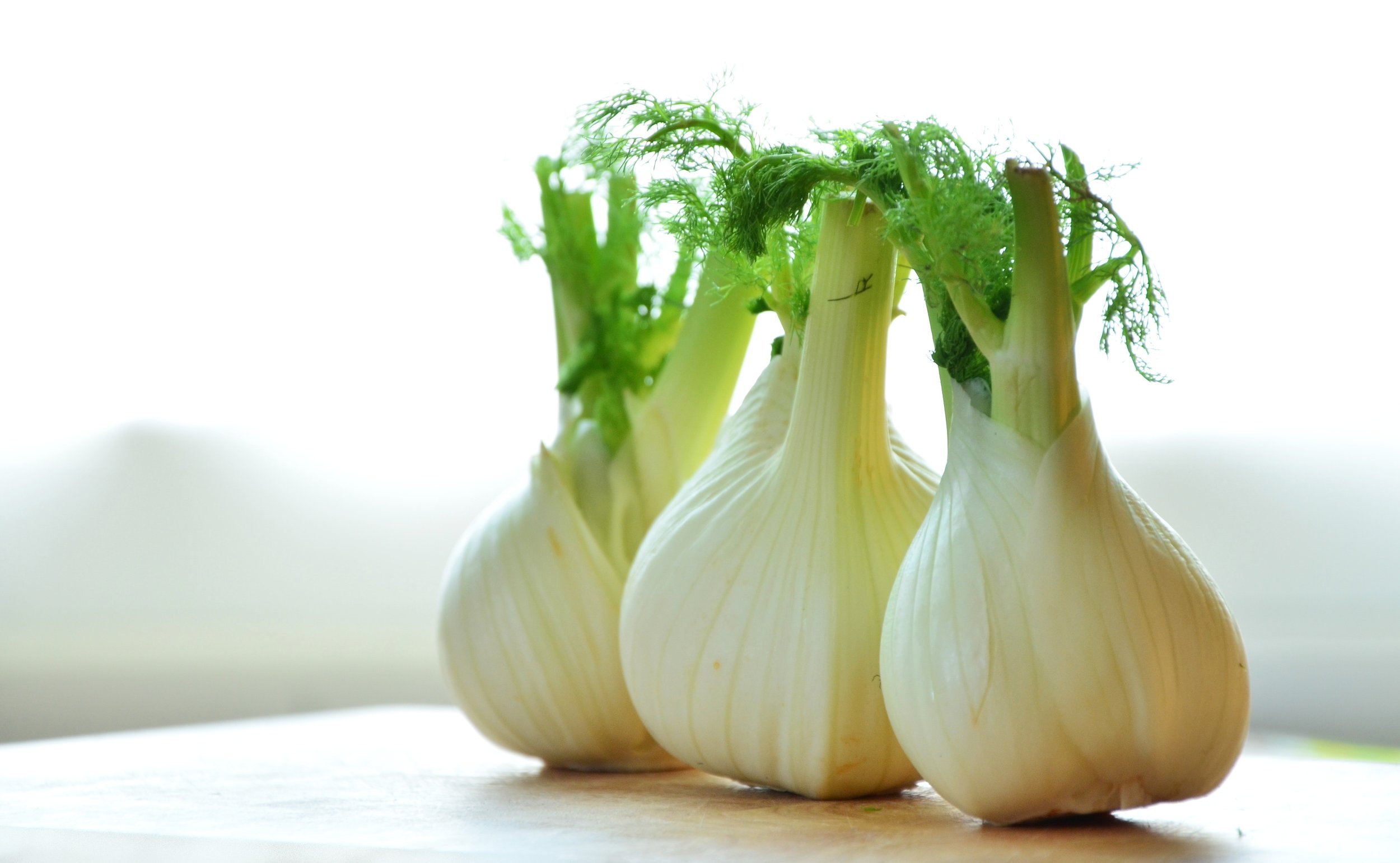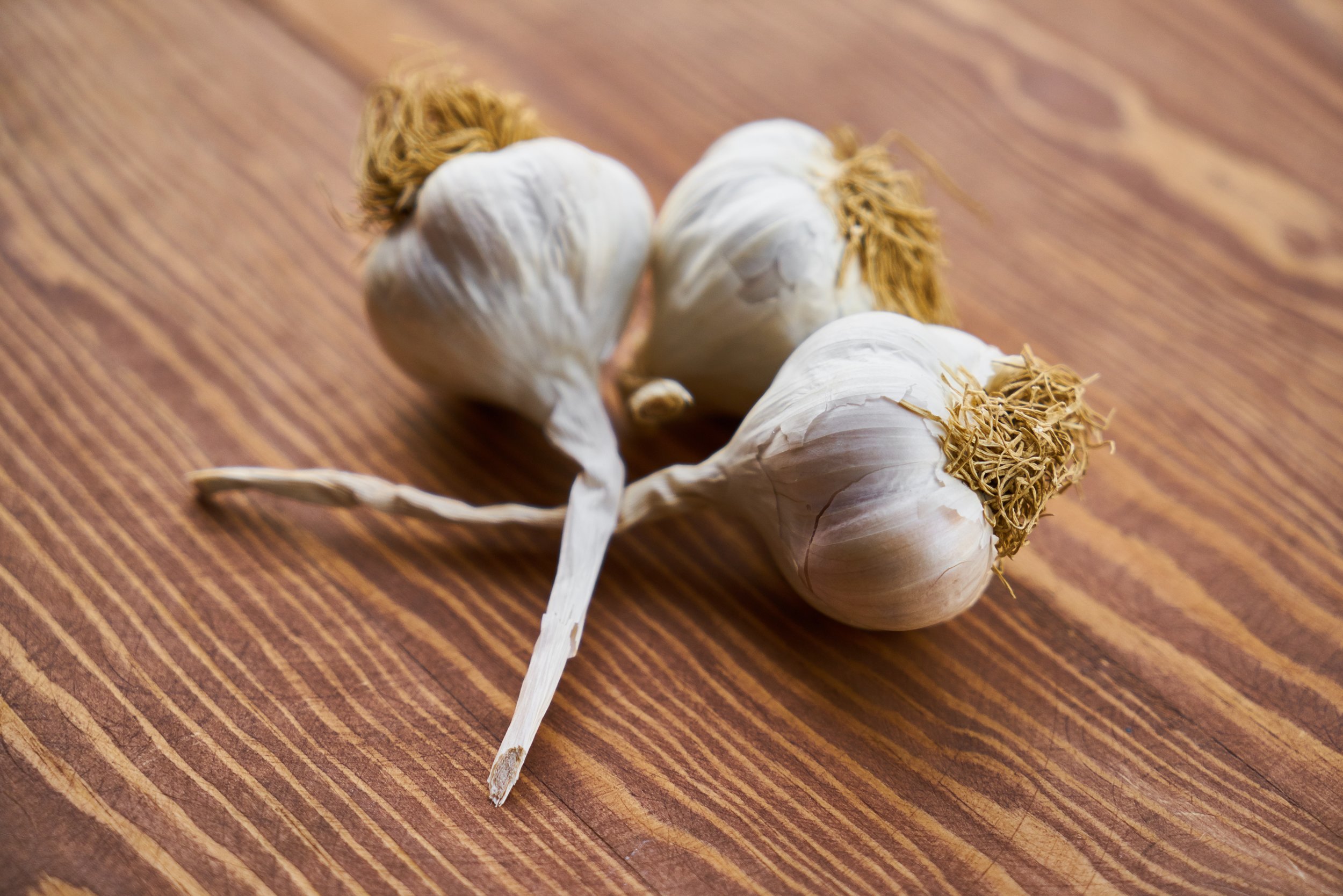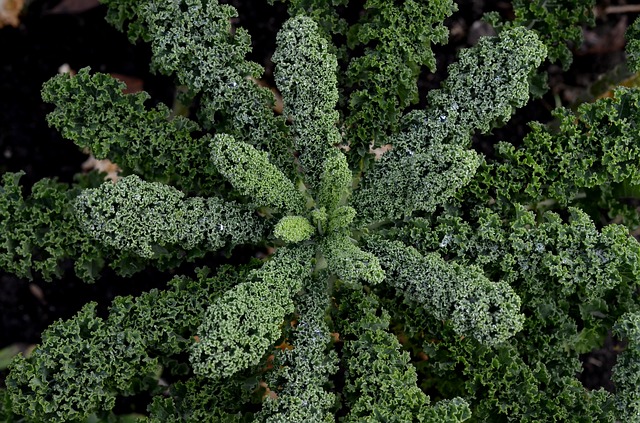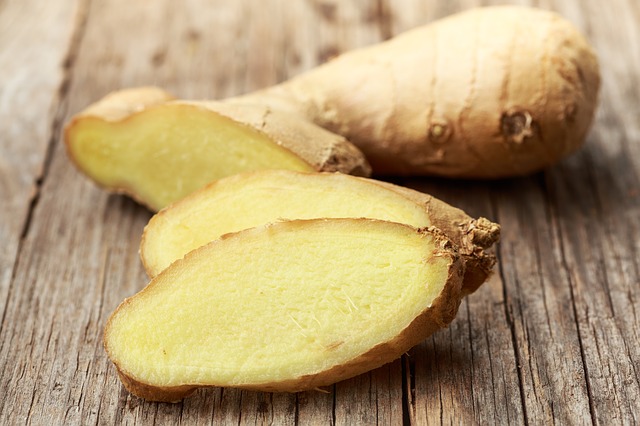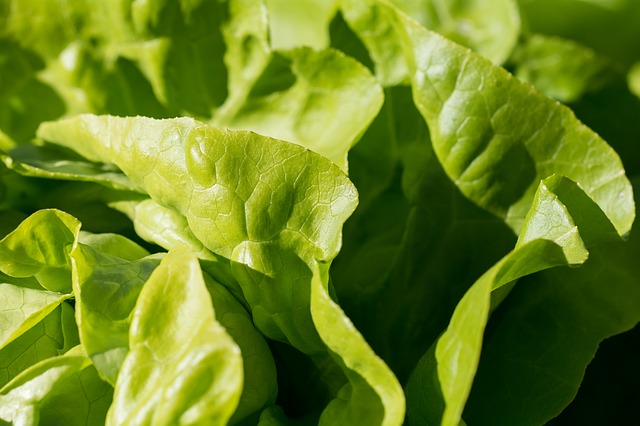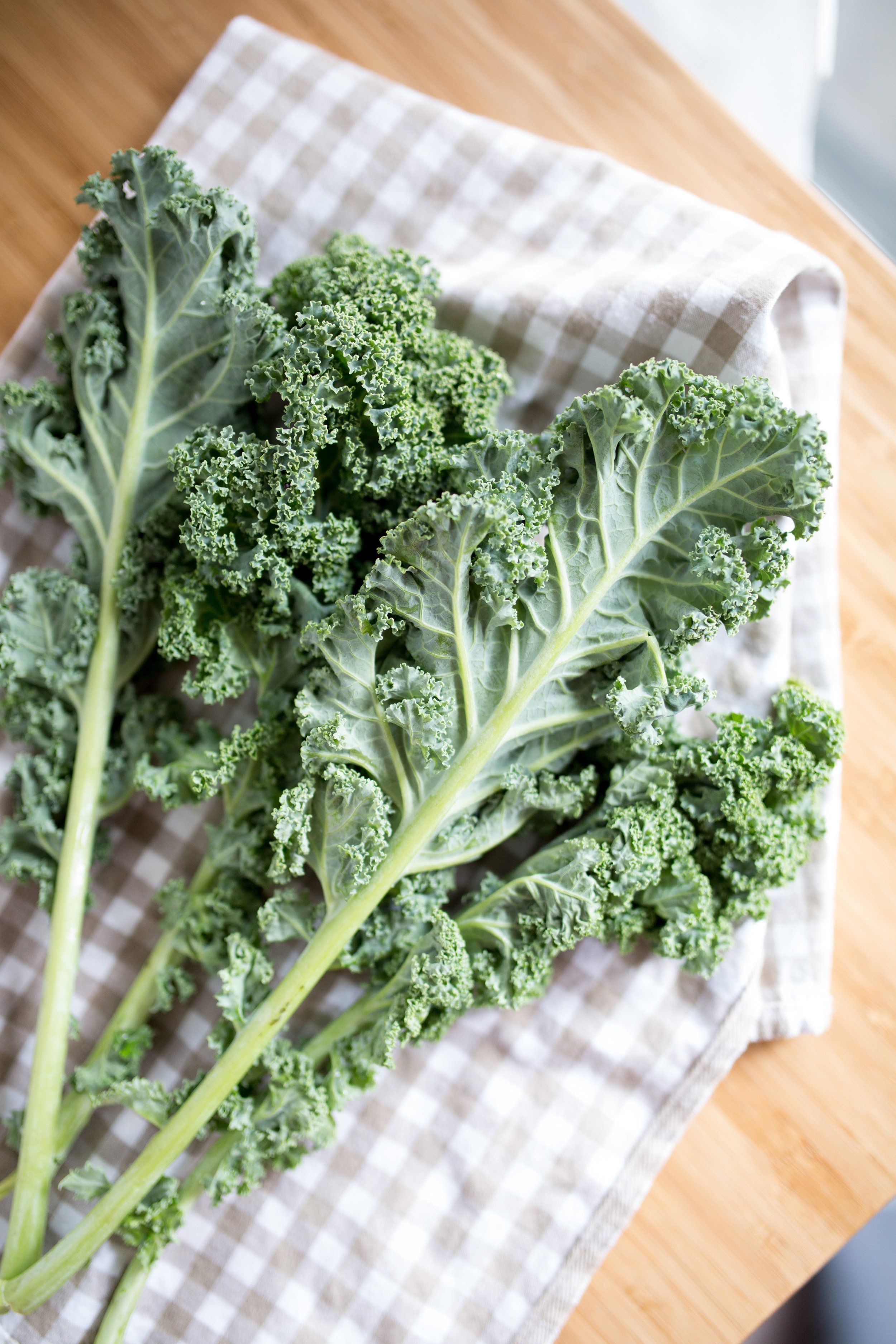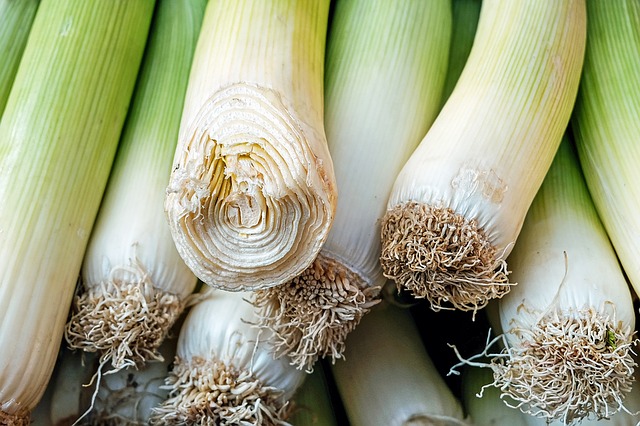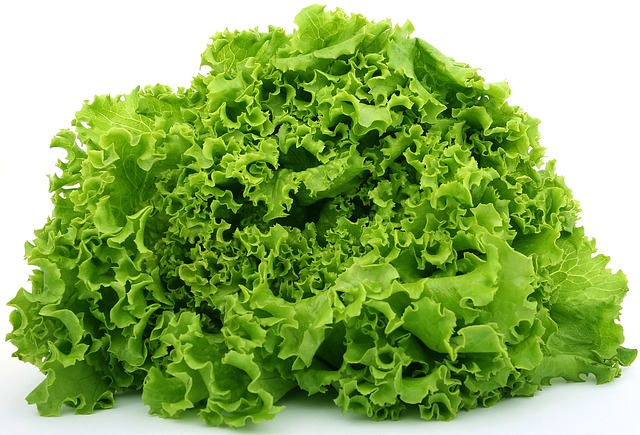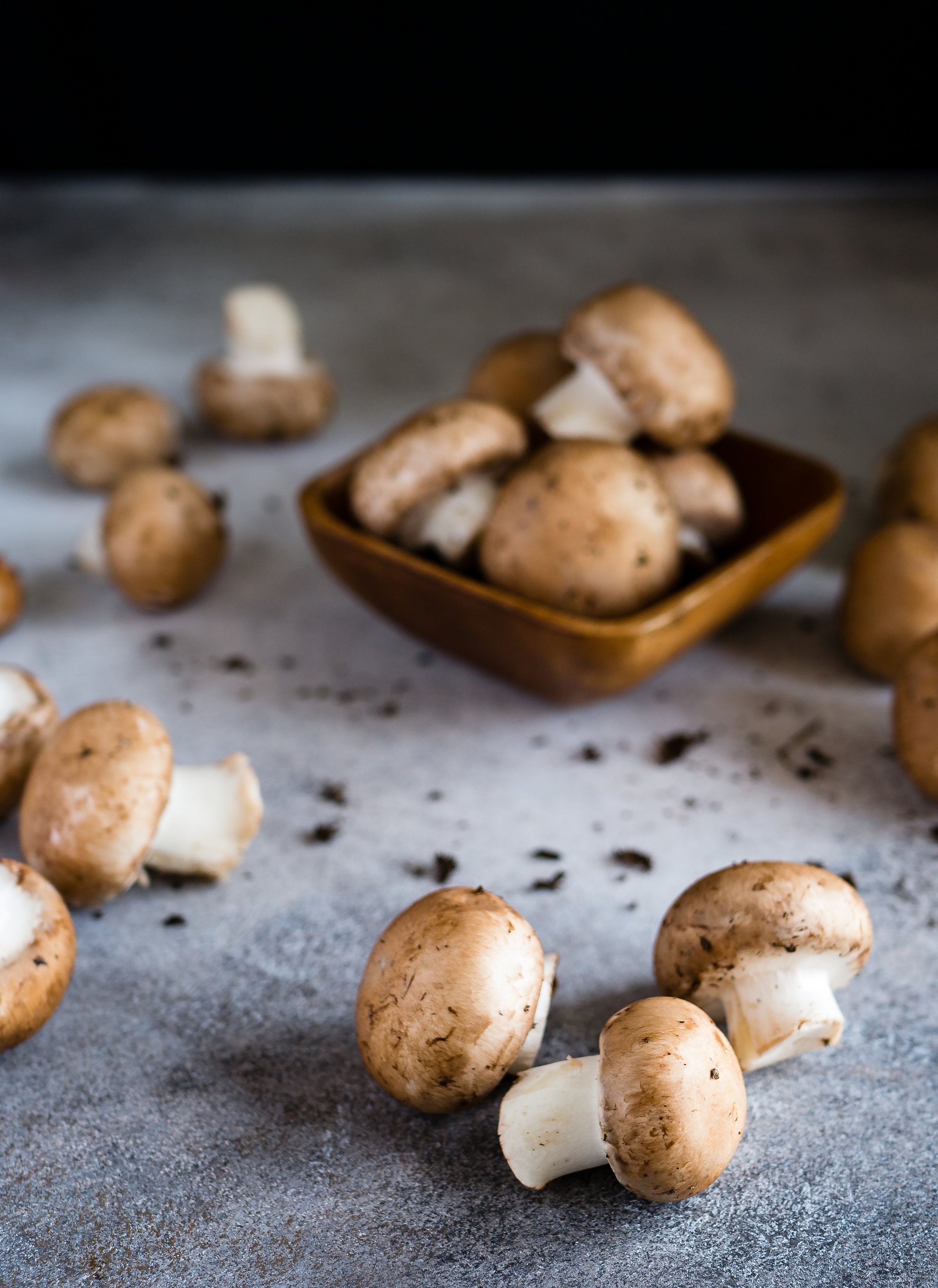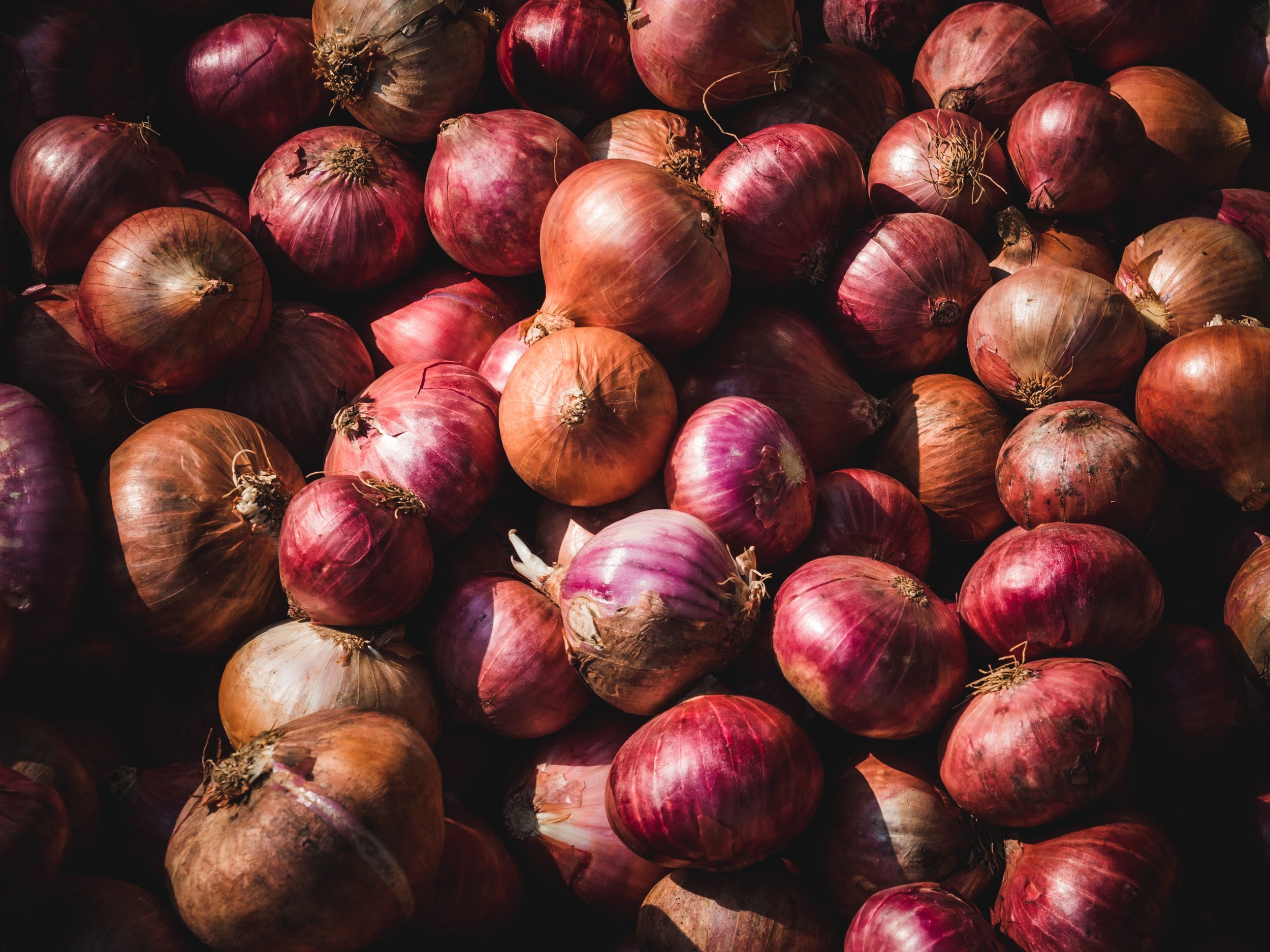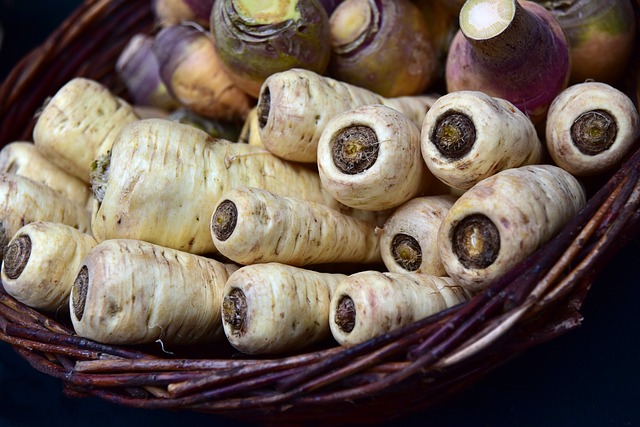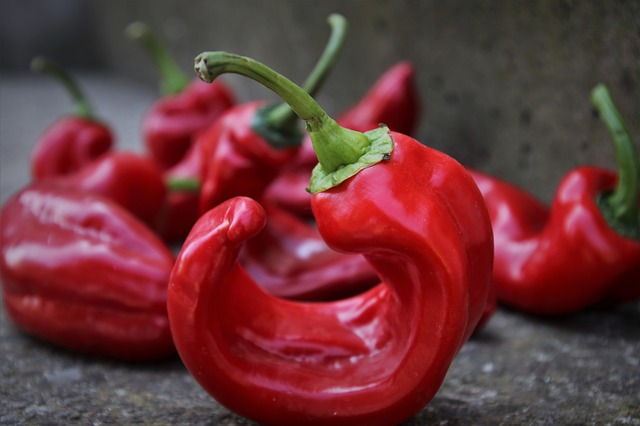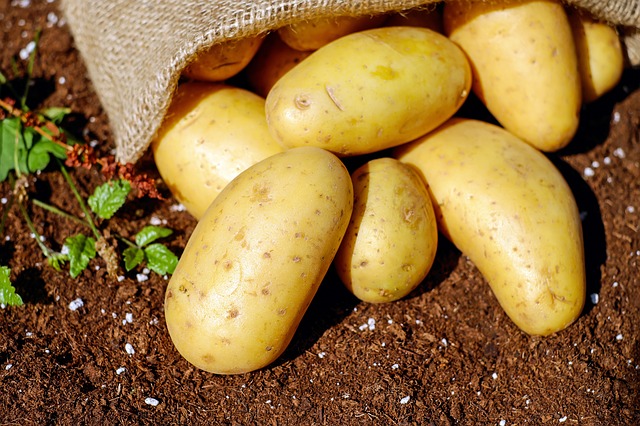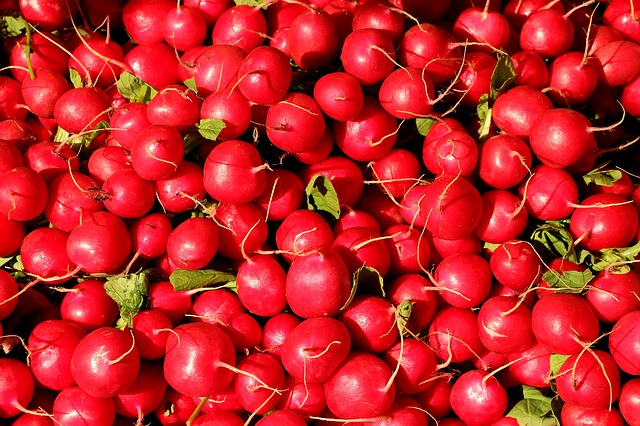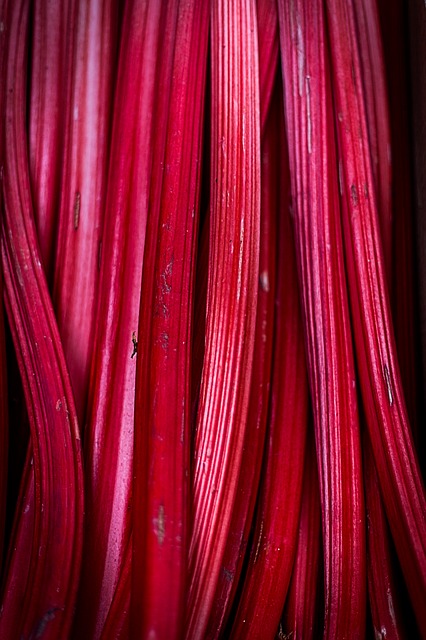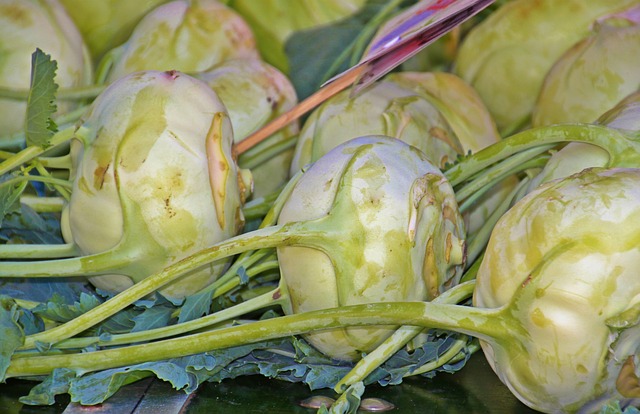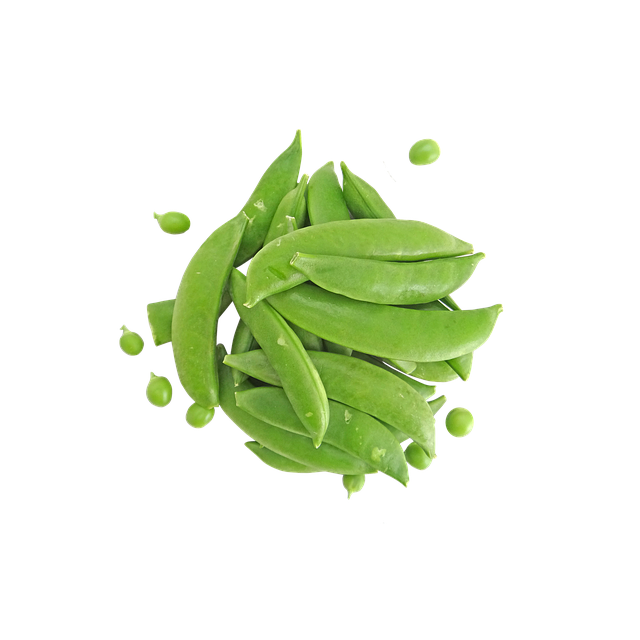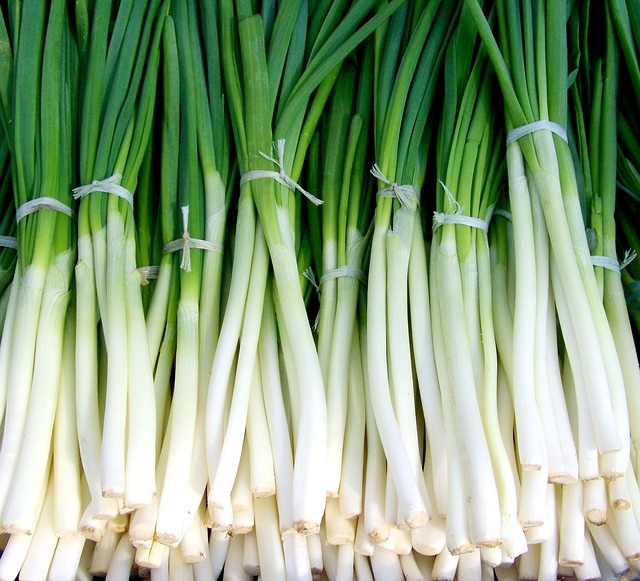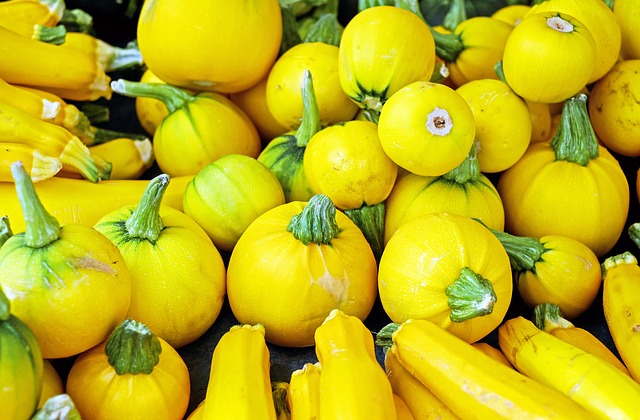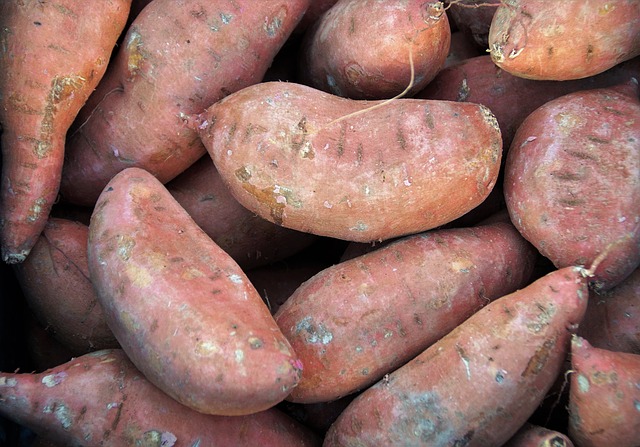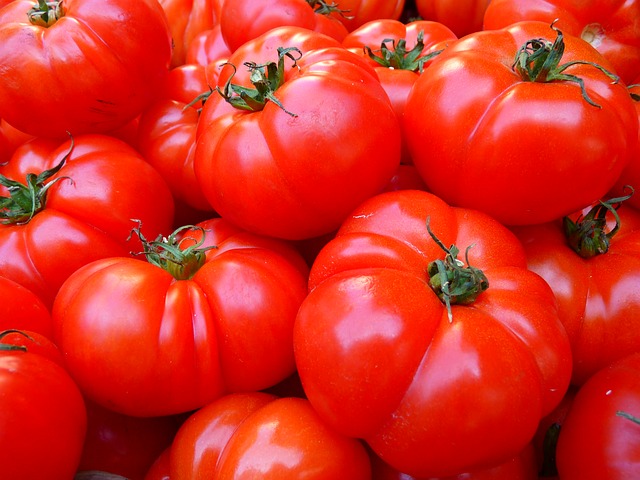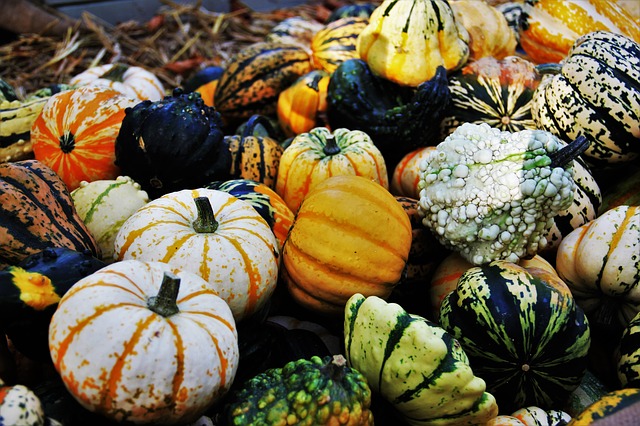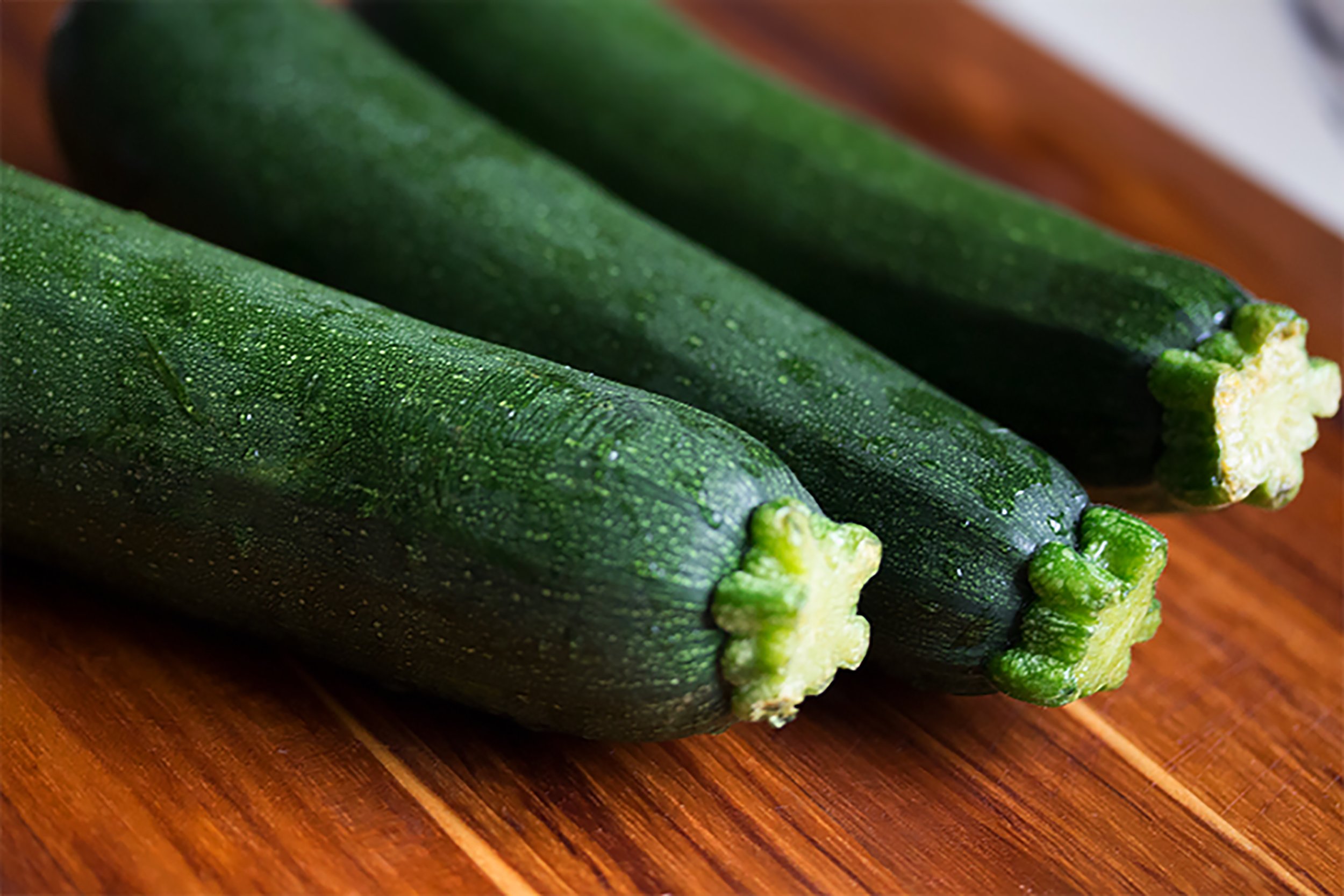How to Store Veggies (Plastic Free)
Did you know that that Americans throw away 400 pounds of food per person per year? 400 POUNDS! It's no wonder then that it's estimated that the U.S. wastes 40% of food produced. That equates to $165 billion worth of food!
In individual terms, families waste AT LEAST $1,500 a year on food that they throw away.
This is a tragedy for many reasons, including:
1. Wasted food could be feeding the 800 million people worldwide who are starving or malnourished.
2. Wasting food also wastes ALL the resources that went into growing, harvesting, transporting, selling, and preparing the food! Climate pollution, cropland, water, fertilizer, labor, energy AND money is wasted every time we throw unused food away.
3. When that wasted food ends up in a landfill, which it does unless you compost, it breaks down anaerobically (without any oxygen) and releases methane gas (a very potent greenhouse gas) into the atmosphere, contributing to global climate change.
Ready for the GREAT news? More than 50% of food waste occurs in our homes! While at first this is quite depressing, it means that YOU can actually help solve the problem of food waste. And, you’ll save money! (What will you buy with that $1,500?).
One way to reduce food waste is to store your food properly!
I have a few questions for you:
Do you engage in aspirational shopping?
During your weekly grocery haul, do you purchase amazing fresh produce thinking that you’re going to cook and eat all of it?
With all the best intentions, do you then find yourself halfway through the week, staring at the unappetizing, wilting produce in the fridge only to decide to eat out?
Then, do you clean out the fridge and throw that food away to make room for next week’s groceries?
If you answered yes to those questions, let me reassure you, you’re not alone! We’ve all been there (yes, even I)!
This is why it’s SO important to know how to properly store produce. Proper storage preserves nutrient quality of the food and enables us to reduce food waste by keeping our food fresher and more appetizing all week long. When food looks better, we actually eat it!
Here’s a veggie by veggie guide on how to store your fresh veggies (without any plastic, of course!). Don’t see a vegetable you love? Email me at abby@abbysfoodcourt and I will update the list!
Artichokes: Place in a sealed airtight container with light moisture or in a slightly damp cloth produce bag in the fridge. They will last about 1 week.
Asparagus: Wrap the ends of the asparagus in a damp cloth or place them loosely in a glass jar upright (with the stems down) submerged in 1 inch of water in the fridge. Change the water mid-week.
Avocados (technically a fruit, but including them on the veggie list): Store at room temperature until ripe, then transfer to the fridge. To speed up ripening, store in a paper bag (and to speed it up even more, store an apple in the paper bag with the avocado).
Beets: Cut the beet greens about 2 inches from the root; if left attached, the greens can leach moisture from the beet roots. (Keep the greens and store them separately in a damp cloth bag; they are great sautéed or in a fresh salad). Keep in an open glass container covered with a damp towel or store them loose in the crisper. The greens will last about two days and the beet root should last 7 to 10 days.
Bell Pepper: Store in a cool room if using them in a few days. If storing for longer, place in the crisper loose. They will last in the fridge for 5 to 7 days. Once cut, store peppers in a sealed container; they should last for around 3 days. Wash peppers right before eating, not before storing!
Bok Choy: Store in the crisper drawer of the fridge in a cloth bag for up to a week.
Broccoli: Store in an open container or in a slightly damp cloth produce bag in the fridge. Do not wash broccoli before storing, as it increases the chances of spoiling. Broccoli will last in the fridge for about 10 days.
Brussels Sprouts: Store loose Brussels sprouts in an open container covered with a damp towel or in a cloth produce bag in the fridge crisper (high humidity) drawer. They will last about 1 week.
Butternut Squash: Store uncut butternut squash in a cool, dark place. It will last for one to three or more months.
Cabbage: Leave out on a cool counter for up to a week or store loose in the crisper drawer of the fridge. Eat within about 2 weeks. Do not remove the outer leaves or cut the cabbage until ready to use or eat.
Carrots: Cut the green tops off because they can pull moisture from the roots of the carrots. (Save the greens for making pesto or to add to a smoothie!). To retain their moisture, store carrots in a slightly damp cloth produce bag or wrapped in a damp towel in the fridge. You can also store them loose in the crisper (high humidity) drawer. They will keep fresh for about 2 weeks.
Cauliflower: Store cauliflower in a breathable cloth produce bag in the fridge or loose in the crisper (high humidity) drawer. It should last up to 2 weeks. Store cut cauliflower florets in an airtight container in the fridge; these will last about 1 week. (Note: cauliflower has the best flavor when eaten promptly!).
Celery: Store in a cup or bowl with shallow water on the counter (change the water every few days) or in the fridge.
Chickpeas (yes, legumes are vegetables): Store canned or dried chickpeas in a cool and dry location, like a pantry. Keep dry chickpeas in a glass container.
Collard Greens: Remove rubber bands, ties, etc. so that the greens can breathe. Store in an air tight container with a damp cloth or in a damp cloth produce bag in the crisper drawer of the fridge. (Storing in with or in a damp cloth prevents them from drying out). They should last for up to 5 days.
Corn: Leave unhusked in an open container at room temperature. Eat ASAP for optimal deliciousness (the sugars in corn turn to starch making corn less sweet the longer it sits).
Cucumber: Wrap in a moist towel/produce bag and store in the crisper (high-humidity) drawer in the fridge. If eating them within a day or two after purchase, they should last on the counter in a cool room. Don’t store near bananas, apples, tomatoes or avocados.
Eggplant: Leave on the counter at room temperature (slightly cool), but don’t wash first. It will keep for about a week on the counter. If storing it for longer, place it in the crisper loose (but refrigeration can lead to browning and an off taste).
Fennel: leave on the counter in a bowl of water for a few days. If keeping it longer, place it in the fridge in a closed container with water.
Garlic: Store unpeeled garlic in a cool, dark place (basket or mesh bag). Leave the skin on and take clove by clove to prevent the cloves from drying out. Store peeled garlic in the fridge in an airtight container.
Ginger: Store in the fridge either wrapped or in an airtight container
Greens, Hearty (kale, chard, beet greens, bok choy, collard greens, cabbage): remove rubber bands/ties so that they can breathe. Store in an air tight container with a damp cloth or in a damp cloth produce bag (this prevents them from drying out). Don’t store greens wet; let them dry before storing.
Greens, Salad (arugula, endive, lettuce, radicchio, spinach, etc.): Store with a damp cloth in an airtight container or in a damp cloth bag or loose in an open container in the high-humidity drawer in the fridge. Don’t wash before storing, as this increases the risk of spoiling.
Green beans, Snap peas and Fresh Peas: Store in cloth produce bag in the crisper (high humidity) draw in the fridge for about 3 days; or you can store them in a container covered loosely with a damp towel. Eat as soon as possible.
Kale: Remove rubber bands, ties, etc. so that the greens can breathe. Store in an air tight container with a damp cloth or in a damp cloth produce bag (this prevents the kale from drying out). Do not wash before storing, as this can increase the risk of spoiling. Kale will keep in the fridge for about 5 days.
Leeks: Store in an open container in the crisper wrapped in a damp cloth or in a cup with some water on the counter (cover the bottom of the stem with water).
Lettuce: Store in a damp cloth produce bag or keep damp in an airtight container in the fridge or in the crisper drawer. Romaine lettuce will last for about a week
Mushrooms: Eat mushrooms as soon as possible and don’t wash them until you’re ready to eat them. Store mushrooms purchased loose in a cloth produce bag in the crisper drawer in the fridge. They should keep for up to one week. If purchased in packaging, store the mushrooms in the original packaging in the fridge. You can also store them in a paper bag. Mushrooms absorb odors so don’t store them next to anything that has a strong smell!
Onions: Store whole onions in a cool, dark and dry place; don’t stack them. They can last up to 12 months. Store cut onions in an airtight container in the fridge; these should keep for about 1 week. Don’t store near potatoes (the onions will cause the potatoes to sprout).
Parsnips: Store them unwashed in an open container in the crisper (high humidity) drawer or wrapped in a damp towel /cloth produce bag in the fridge. If greens are attached, remove them before storing. They should last about 2 weeks.
Peppers: Store whole peppers in a cool room if using in a couple of days; store in the crisper (low humidity) if storing longer. Don’t wash before storing; wash before eating. Store cut peppers in an airtight container in the fridge.
Potatoes: Store in a cool, dark, dry place, like in a box or ventilated bag in a pantry, and away from garlic, onions and leeks. Stored properly, they’ll last a few months.
Radishes: Remove the radish tops, as they can deplete the radishes of their nutrients when left on. (Store the greens like all other greens in a damp cloth bag in the fridge). Store the radishes separately in an open container covered with a wet towel or in a cloth produce bag in the crisper (high-humidity) drawer in the fridge for up to 2 weeks. Wash before use (not before storage).
Rhubarb: Wrap in a damp towel in the fridge.
Rutabagas: Store in a cool, dark, humid place or in a closed container in the crisper drawer.
Snap peas: Store in an open container in the fridge.
Spring Onions: Remove band/tie and store in the crisper (high humidity) drawer in the fridge loose or in a breathable cloth bag.
Summer Squash (zucchini, pattypan, crookneck): Store on the counter for a few days or in the fridge in a breathable bag in the crisper (high humidity) drawer. Store cut squash in an airtight container in the fridge for about 2 to 3 days.
Sweet Potatoes: Store in a cool, dark, well-ventilated place. Don’t refrigerate! They will last for up to 10 months. Don’t wash until ready to cook!
Tomatoes: Store at room temperature, stem-side down, out of direct sunlight. They can last up to 2 weeks on the counter. If becoming overripe, cut and store in an airtight container in the fridge.
Winter Squash (acorn, butternut, delicata squash, honeynut, pumpkin, spaghetti squash, etc.): Store in a cool, dark, well ventilated place. As they stay on the counter, some starch converts to sugar, making them sweeter! They can last for months. Store cut squash in an airtight container in the fridge for about 2 to 3 days.
Zucchini: Store unwashed in a cloth bag in the crisper (high humidity) drawer of the fridge. It should last for about 4 to 5 days. Wash when ready to use. You can also leave zucchini on a cool counter for a few days (if storing for longer, place in fridge).
Stay tuned for a Guide on Storing Fruits & Herbs coming soon…

